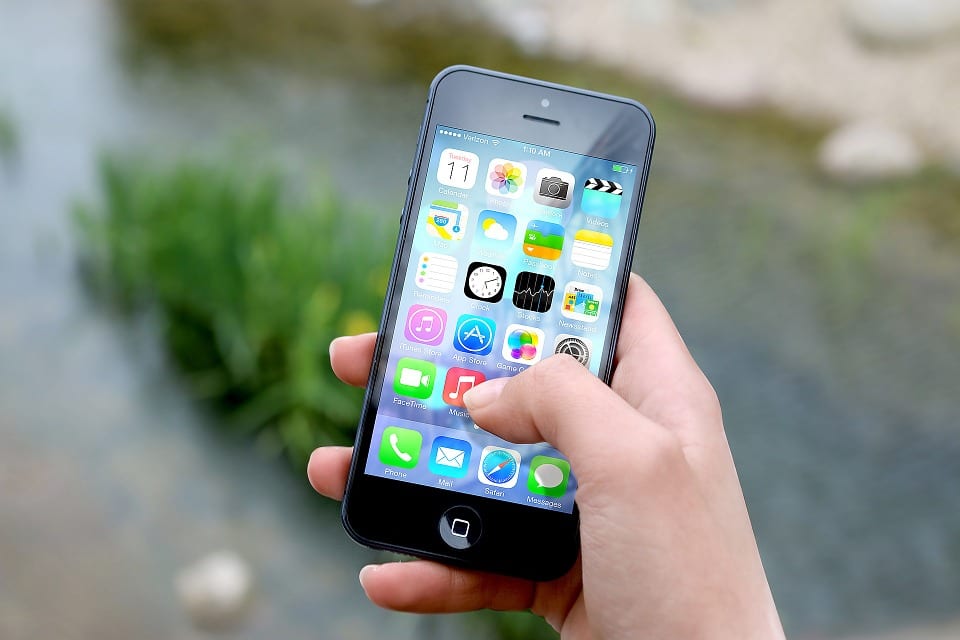The National Institutes of Health awarded an NSU research team $2,756,300 to create an application over the next five years that measures health literacy and helps patients understand their health issues.
Robin Jacobs, medical researcher and associate professor in the Departments of Psychiatry and Behavioral Medicine and Biomedical Informatics of the College of Osteopathic Medicine, said that part of the purpose of the application is to empower people to be engaged in their own care. Jacobs is on the research team that will develop the application and was also part of the team that researched health literacy.
“A sense of self-efficacy helps a patient believe that they can do this, that they can find out for themself and they don’t have to call a doctor every five minutes who doesn’t answer their calls,” she said. “The frustration goes down, and the patient feels better.”
The long-term goal of the application is to reach people who don’t have access to health care, according to Jacobs.
The application, which will be available in English and Spanish, will require users to take a test to determine their level of health literacy, provide information about their illnesses, and answer demographic questions. Then, the application will provide users with information about their illnesses at their health literacy level.
Raymond Ownby, professor in the College of Osteopathic Medicine and chair of the Department of Psychology and Behavioral Medicine, is the head of the research team. He defined health literacy as an individual’s ability to find and use health information to make health care decisions.
“We intend to use the research we’ve previously conducted that measures health literacy to develop web-based interventions that will help people cope with problems that cut across chronic medical conditions,” Ownby said.
The team has researched health literacy among a variety of demographics, comparing health literacy levels and socio-economic statuses, number of chronic conditions reported, health-related quality of life, and economic expenditures.
Through research, the team determined three health literacy levels that they will use to develop the application. At the lowest level, individuals can understand information presented aurally and pictorially. At the middle level, individuals can read simple sentences, comparable to a fourth-grade reading level. At the highest level, individuals are able to read at a high school level or higher.
“Through the application, if someone has a higher level of health literacy, they will get information at a much higher level than someone at a lower level of health literacy,” Ownby said.
Ownby said that his team found that Spanish-speakers and the elderly tend to have lower levels of health literacy.
“We want [people] to be able to understand not only what they need to do with their medications, but also how they can walk through their day coping and dealing with these illnesses that have a lot of emotional aspects to them,” Jacobs said.
Ownby said that, although people of all ages will be able to use the application, the application will target individuals with multiple chronic illnesses, who tend to be elderly. He said that it’s a misconception that older people aren’t comfortable using technology.
“Lots of people over 50 use the Internet to get health information,” he said. “It’s one of the most common use of the Internet for older folks. What we’re doing is planning for the future. The 40- and 50-year-olds of today are the 60- and 70-year-olds of tomorrow.”
The team plans to complete the application by 2020. After the application is released, the team will study whether the application effects users’ quality of life and behavior.


